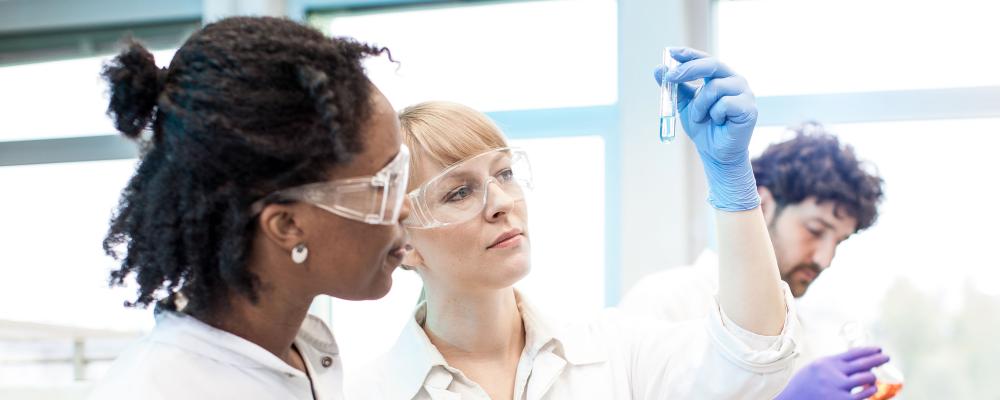Portal Our Laboratories


Surveillance activities of the Fougères Laboratory
The Fougères Laboratory is involved in the surveillance of medicinal product residues in foodstuffs of animal origin on the one hand and of antimicrobial resistance on the other, in accordance with the European regulations on these topics.
Veterinary medicinal product residues
The Fougères Laboratory works on behalf of the European Commission (Directorate-General for Health and Food Safety), running the network of National Reference Laboratories of the European Union Member States. It also plays a role on the international scene where it promotes European control and surveillance systems in countries importing foodstuffs of animal origin to Europe.
In France, the Directorate General for Food (DGAL) has developed annual surveillance and control plans implementing the European provisions on veterinary medicinal product residues. As the National Reference Laboratory (NRL), the Fougères Laboratory is involved in these plans, conducting official confirmation analyses not managed by approved laboratories and contributing to the development, validation, transfer and assessment of analytical control and surveillance methods. The other stakeholders in these plans include veterinary services for sampling at the slaughterhouse and farm as well as approved laboratories for the detection, identification and, in some cases, confirmation of residual veterinary substances in foodstuffs of animal origin. The NRL also assists the DGAL in controlling the quality of the analytical data provided by networks of approved laboratories (inter-laboratory tests, technical training, etc.) and in transferring data to the European Food Safety Authority (EFSA).
The regulations on the surveillance and control of veterinary medicinal product residues
The surveillance and control of veterinary medicinal product residues in foodstuffs of animal origin are covered by the “Official Controls Regulation” or Regulation (EU) 2017/625, which in 2022 will be supplemented by three other implementing regulations that will replace Council Directive 96/23/EC and its annexes, Council Directive 97/78/EC, and Commission Decision 97/747/EC.
The aims of these regulations are to define and implement a harmonised control and surveillance system for all food products of animal origin from the European Union as well as for products imported and consumed on European soil. They define veterinary substances that need to be controlled or monitored for each animal species (cattle, pigs, sheep, goats, horses, poultry, rabbits, game, farmed fish) and type of product (meat, milk, eggs, honey). They also set out sampling strategies and recommend the monitoring of certain veterinary substances for consumer exposure. Lastly, they define concentration levels that should be assessed for each chemical component/matrix pair and lay down rules for the presentation of data.
Antimicrobial resistance
The NRL for antimicrobial resistance takes part in the annual surveillance plans of the DGAL, which are implemented as part of the European surveillance scheme on antimicrobial resistance in zoonotic and commensal bacteria isolated from food-producing animals and food thereof. The NRL is responsible for conducting official analyses of susceptibility to antibiotics and for transferring data to EFSA. These plans also involve veterinary services, for sampling at the slaughterhouse (caeca) and at distribution and importation (meat), as well as approved laboratories, for the isolation and identification of target bacterial species.
The regulations on the monitoring of antimicrobial resistance
In Europe, the monitoring of antimicrobial resistance in zoonotic (Salmonella, Campylobacter) and commensal (E. coli) bacteria is regulated by Directive 2003/99/EC. Decision 2013/652/EU supplements this directive, with a view to harmonising the surveillance systems of Member States and making them comparable. It defines bacterial/animal species pairs to be monitored, sampling strategies, antimicrobial agents to be included in monitoring, concentration ranges to be used for antimicrobial susceptibility testing, and rules concerning the presentation of data.